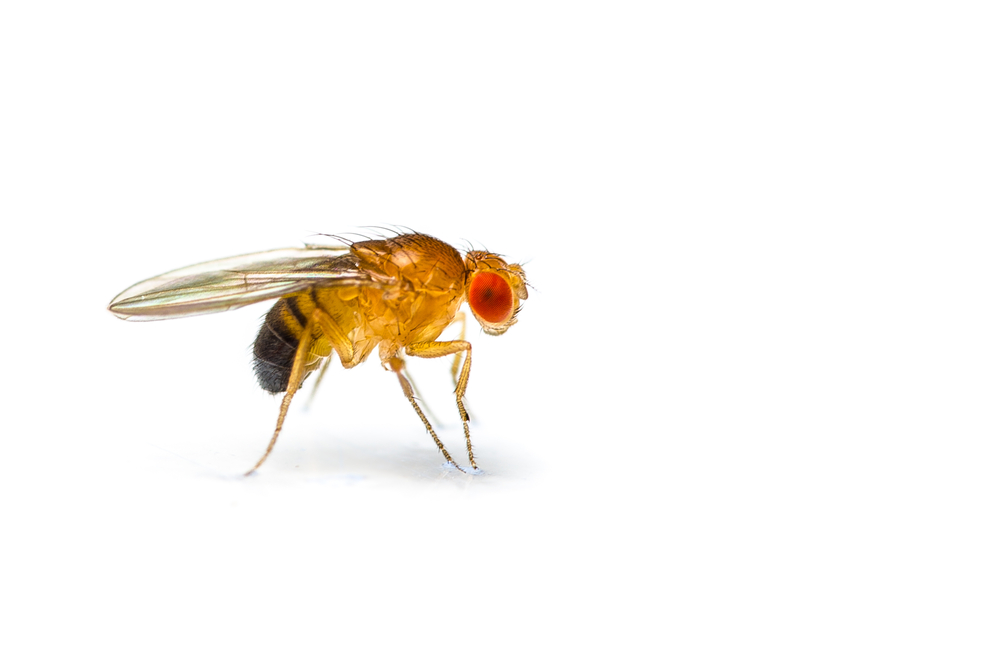CLN7 Protein is Involved in Communication Between Nerve and Muscle Cells, Batten Disease Model Shows
Written by |

CLN7, the protein lacking in CLN7 Batten disease, is involved not only in the functioning of lysosomes (the cellular compartment responsible for breaking down waste) but also in the communication between nerve and muscle cells, according to a preclinical study.
These findings open the possibility that proteins associated with other types of Batten disease, which are also linked to lysosomes, may have alternative locations and functions in nerve cells.
The study, “The neuronal ceroid lipofuscinosis protein Cln7 functions in the postsynaptic cell to regulate synapse development,” was published in the journal Scientific Reports.
Batten disease, also known as neuronal ceroid lipofuscinoses (NCL), is the most common group of pediatric neurodegenerative disorders. It is associated with toxic accumulation of lipofuscins (deposits of fats and proteins) inside lysosomes, which is particularly harmful to brain cells, leading to nerve cell damage and death.
CLN7 disease, a rare form of late-infantile Batten disease, is characterized by seizures, visual decline, loss of previously acquired skills, speech impairment, and mental and motor deterioration, with disease onset between 1.5 and 5 years of age.
The disease is caused by mutations in the CLN7/MFSD8 gene, which leads to the production of a defective CLN7 protein. CLN7 is known to be mainly located at the surface of lysosomes and involved in the regulation of several lysosomal proteins and activation of a major signaling complex called TORC1.
However, growing evidence suggests that CLN7 is also present at the nerve cell (neuron) synapse and that Batten disease-associated mutations cause synaptic dysfunction. The synapse is the small gap between nerve cells (neurons), or between a neuron and a muscle cell — a particular synapse called the neuromuscular junction — that allows the transmission of electrical or chemical messages between them.
In the study, U.K. researchers, in collaboration with colleagues in Canada, have found that CLN7 is also involved in the normal development of synapses and in the communication between nerve and muscle cells.
They first generated a new model of CLN7 disease using the fruit fly Drosophila, a validated genetic model. Then, the team used this model to evaluate whether CLN7 had any function at the neuromuscular junction, a synapse model commonly used to study the function of proteins associated with neurologic diseases.
Results showed that the growth of the neuromuscular junction in these fruit flies was impaired, leading to reduced synaptic function and motor changes.
Further analyses revealed that the CLN7 protein was normally located inside specific vesicles at the post-synaptic side of the junction — the muscle cell — where it interacted with TORC1 activator, Rheb, to regulate TORC1 signaling. TORC1 is involved in regulating neural growth and development.
These findings indicate that a defective CLN7 protein leads to dysregulation of TORC1 activity in post-synaptic muscle cells, suggesting “an involvement for CLN7 in regulating trans-synaptic communication necessary for normal synapse development,” the researchers wrote.
“We propose that late-infantile NCL may be a consequence of an early failure of synapse development brought about by dysfunctional TORC signaling,” they added.
The team emphasized that future studies are required to better understand the interactions between CLN7 and Rheb and its underlying effects in TORC1 activity.
“Potentially, alternative localizations for the CLN proteins in vivo in the [brain and spinal cord] may be an important part of the emerging story of synaptic dysfunction in the NCLs,” the researchers wrote.




